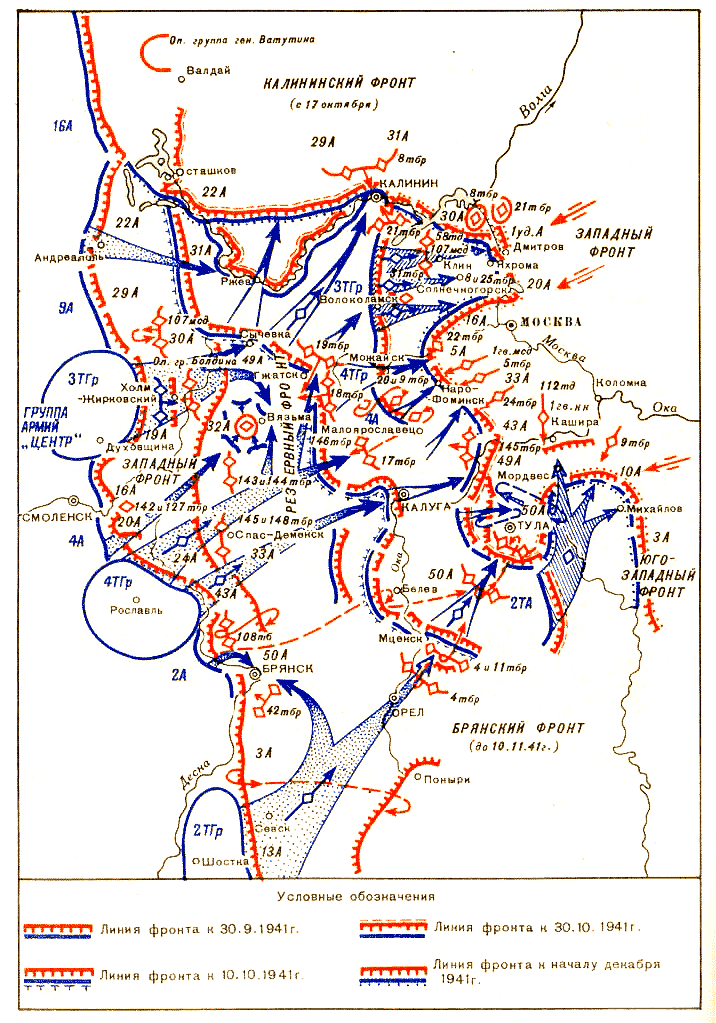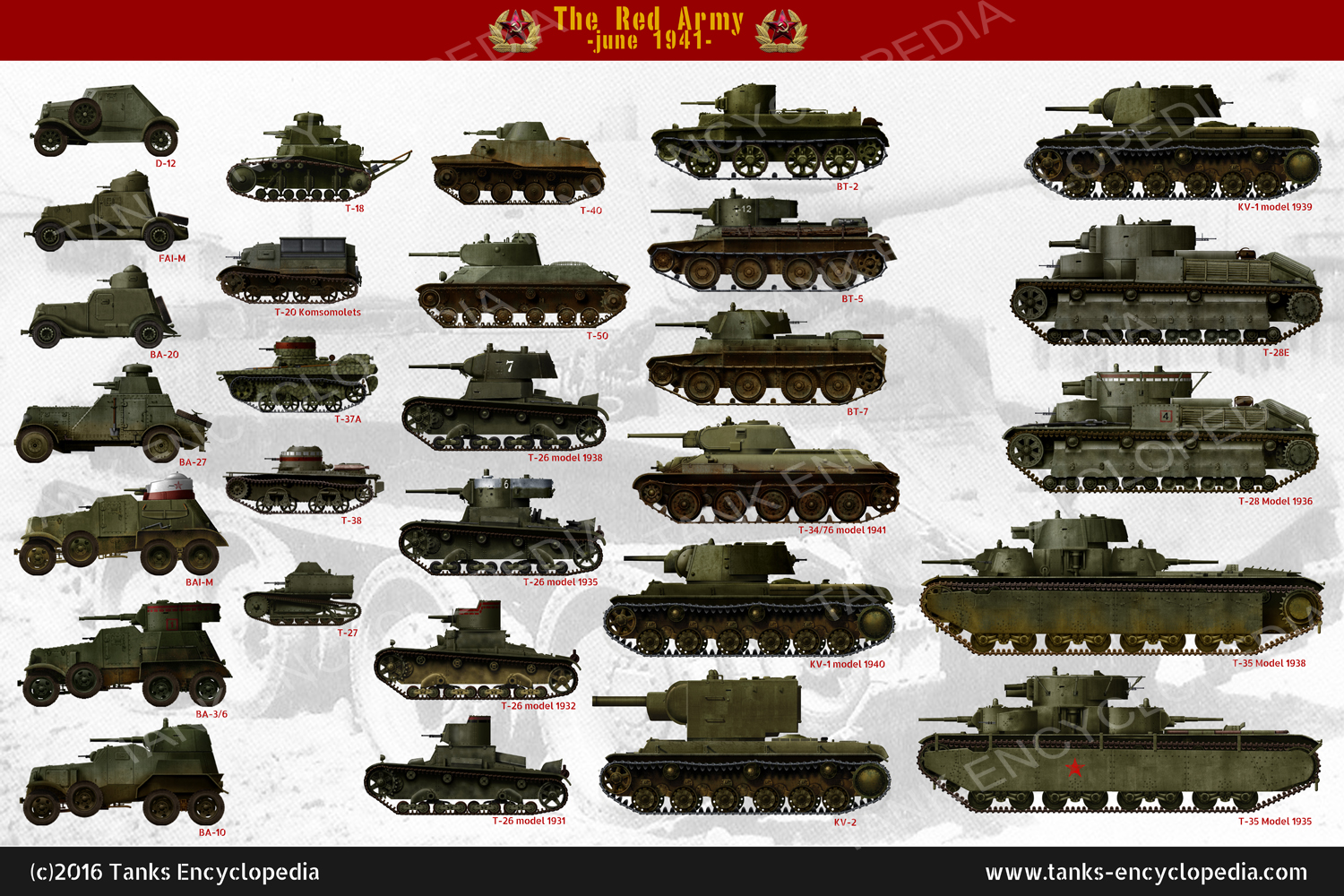
South of Zhukov, Konev would advance towards Dresden and Leipzig and then turn towards Potsdam, completing the encirclement. On Zhukov's northern flank Rokossovsky had to go around Berlin and launch an attack from the west. The plan was relatively simple: Zhukov had to launch a frontal attack towards Berlin from the bridgeheads on the Oder via the Seelower Heights. On April 1, Zhukov and Konev were summoned to Moscow, where the operation plan was explained and the starting date was set on April 16. On March 8, the plan was approved by Stalin, after which the final logistical preparations for the offensive were completed. Konevīy November 1944, the General Staff had broadly drawn up a plan for the attack on Berlin, but in early March 1945, Zhukov came to Moscow to work out the details of the plan with the chief of the General Staff, Army General Aleksei I. Rokossovsky's 2nd Byelorussian Front was now also on the Oder, three Soviet fronts with a total of 34 armies were ready for the attack on Berlin. Rokossovsky's 2nd Byelorussian Front and Chuikov's 8th Guards Army conquered the fortified towns of Posen and Küstrin. Konev therefore surrounded Breslau and found connection to Zhukov's front on the Oder, Zhukov's 1st and 2nd Guards Tank army turned to the Northwest to push back together with Marshal Konstantin K. However, Stalin chose to eliminate the various German threats before targeting Berlin. The question is whether the Berlin defenders could have stopped an attack in February.


Chuikov, commander of the 8th Guards Army, urged Zhukov to advance to Berlin and clean up the rear of the resistance later on. Berlin was within reach, but the rapid advance had led to a concentration of German forces around Königsberg in early February, Heeresgruppe Weichsel still standing in Pomerania and the fortified cities of Breslau, Posen and Küstrin not yet conquered. Zhukov, immediately north of Konev, attacked on January 14 near Warsaw and stood on the banks of the Oder on January 29, only 50 miles from Berlin.Īdvance of the Red Army, April 16 to 21 1945.PZA: Panzerarmee, STL: Shock troops, GTL: Guards Tank Army, GL: Guards Army. The 1st Byelorussian Front of Marshal Georgy K. Konev's 1st Ukrainian Front kicked off the campaign on January 12 and was deep in Silesia two weeks later. The enormous force of the Soviet troops also played a role here: the four jaded armies that the Germans deployed (2. The attack came as a surprise to the Germans, and the numerically superior Soviet armies quickly advanced. The advance to the OderĪs early as the summer of 1944, the Red Army had reached the Weichsel in eastern Poland, and after a long supply period, the Weichsel-Oder offensive finally began on January 12, 1945. This was an error of judgment by Stalin, but because the advance of the Western Allies had started to gain momentum in the early months of 1945, Stalin wanted to speed up the offensive towards Berlin. Stalin was very suspicious of Winston Churchill in particular and considered him able to conclude such an agreement with the Germans - contrary to the agreements made in Yalta. The Germans had indeed strewn propaganda magazines over the Allied armies in the West, calling on them to join forces with the German army to fight the communists.

Stalin thought there was a chance that the Germans would give up the struggle in the West and deploy the entire armed forces in the war against communism.

The Battle of Berlin was one of the last major battles in the war against Germany six days after the weapons fell silent in Berlin, the Third Reich capitulated and World War II in Europe was over. Relief attempts by imposing armed forces 'on paper', conceived in the fantasy world of the Führerbunker, ended in nothing. Although only one result was conceivable, both parties fought extremely fiercely and cruelly. The Germans fought with the courage of desperation to postpone the inevitable final defeat for as long as possible, while the Soviet commanders - competing for the honor of hoisting the Soviet flag on the Reichstag - did everything they could to reach the city center as quickly as possible. Source: Public DomainĪt this last stage of the war, the Red Army had tremendous numerical and technological superiority, but extremely large losses were suffered on both the German and Soviet sides. The flag had already been raised on April 30, but that monent was not recorded on film. The world famous picture by Yevgeny Khaldei of the Red Banner on the Reichstag, taken on May 2, 1945.


 0 kommentar(er)
0 kommentar(er)
